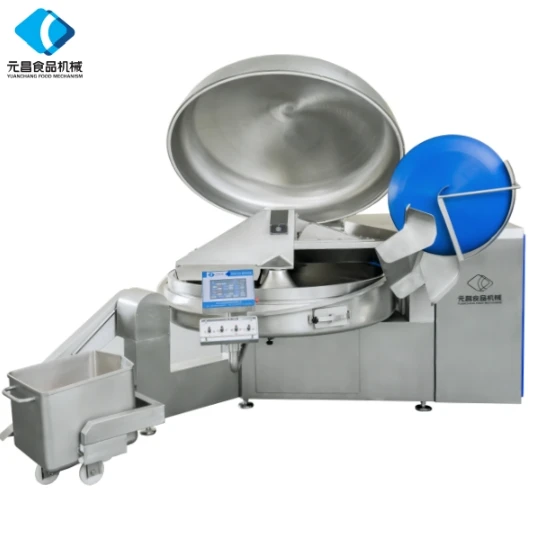- Afrikaans
- Albanian
- Amharic
- Arabic
- Armenian
- Azerbaijani
- Basque
- Belarusian
- Bengali
- Bosnian
- Bulgarian
- Catalan
- Cebuano
- chinese_simplified
- chinese_traditional
- Corsican
- Croatian
- Czech
- Danish
- Dutch
- English
- Esperanto
- Estonian
- Finnish
- French
- Frisian
- Galician
- Georgian
- German
- Greek
- Gujarati
- haitian_creole
- hausa
- hawaiian
- Hebrew
- Hindi
- Miao
- Hungarian
- Icelandic
- igbo
- Indonesian
- irish
- Italian
- Japanese
- Javanese
- Kannada
- kazakh
- Khmer
- Rwandese
- Korean
- Kurdish
- Kyrgyz
- Lao
- Latin
- Latvian
- Lithuanian
- Luxembourgish
- Macedonian
- Malgashi
- Malay
- Malayalam
- Maltese
- Maori
- Marathi
- Mongolian
- Myanmar
- Nepali
- Norwegian
- Norwegian
- Occitan
- Pashto
- Persian
- Polish
- Portuguese
- Punjabi
- Romanian
- Russian
- Samoan
- scottish-gaelic
- Serbian
- Sesotho
- Shona
- Sindhi
- Sinhala
- Slovak
- Slovenian
- Somali
- Spanish
- Sundanese
- Swahili
- Swedish
- Tagalog
- Tajik
- Tamil
- Tatar
- Telugu
- Thai
- Turkish
- Turkmen
- Ukrainian
- Urdu
- Uighur
- Uzbek
- Vietnamese
- Welsh
- Bantu
- Yiddish
- Yoruba
- Zulu
Commercial Electric Mincer Machine - High-Performance & Durable
- Understanding the Role of Mincers in Food Processing
- Technical Innovations Driving Efficiency
- Performance Comparison: Top Commercial Mincer Brands
- Custom Solutions for Diverse Operational Needs
- Real-World Applications Across Industries
- Energy Efficiency and Cost-Benefit Analysis
- Future-Proofing Your Business with Advanced Mincer Technology

(mincer machine)
Why a Mincer Machine is Essential for Modern Kitchens
Modern food preparation demands precision and speed, with commercial kitchens processing 500-1,200 lbs of meat weekly. Electric mincer machine
s reduce manual labor by 65% compared to manual grinders while maintaining consistent texture. The global commercial meat processing equipment market, valued at $6.8B in 2023, reflects growing adoption across butcheries, restaurants, and food manufacturing plants.
Engineering Superiority in Meat Processing
High-performance mincers feature:
- 3-phase motors (1.5-3 HP) handling 150-400 kg/hour
- Stainless steel grinding plates (3-8mm adjustability)
- Thermal overload protection systems
Advanced models incorporate auto-reverse functions that reduce jams by 40% and extend component lifespan by 30%.
Commercial Mincer Performance Benchmark
| Model | Power (kW) | Capacity (kg/h) | Noise Level | Price Range |
|---|---|---|---|---|
| MinceMaster Pro 3000 | 2.2 | 320 | 72 dB | $2,800-3,400 |
| GrindForce C5 | 3.0 | 450 | 68 dB | $4,100-4,900 |
| MeatTek XSeries | 1.8 | 280 | 75 dB | $2,200-2,750 |
Tailored Configurations for Specific Use Cases
Operational requirements dictate equipment specifications:
- Small Businesses: 1.5kW units with 150kg/h capacity (15-20% lower energy consumption)
- Mid-Scale Operations: Modular systems handling multiple meat types simultaneously
- Industrial Plants: 5.5kW automated lines with 800kg/h throughput
Operational Efficiency in Practice
A Midwest processing plant reported:
"Upgrading to electric mincer machines cut our preparation time from 8 hours to 2.5 hours daily while reducing meat waste by 18% through precise grinding controls."
Cost Optimization Through Smart Selection
Analysis of 12-month operations shows:
- Energy costs: $0.18-$0.35 per kg processed
- Maintenance savings: $1,200-$2,500 annually with self-cleaning mechanisms
- ROI achievement: 8-14 months for commercial-grade units
Upgrade Your Operations with a Commercial Mincer Machine
Leading food service providers achieve 22-35% higher throughput using industrial mincer machines with intelligent pressure sensors and IoT-enabled performance tracking. Regular maintenance (blade sharpening every 600 operating hours, seal replacements biannually) ensures consistent output quality while prolonging equipment lifespan beyond 10 years.

(mincer machine)
FAQS on mincer machine
Q: What is a mincer machine used for?
A: A mincer machine grinds meat, vegetables, or other ingredients into fine or coarse textures. It’s ideal for preparing homemade sausages, burgers, or pet food. Commercial models handle larger quantities efficiently.
Q: What should I consider when buying a commercial mincer machine?
A: Prioritize motor power, durability, and capacity for heavy-duty use. Stainless steel construction ensures hygiene and longevity. Also, check for safety features and ease of cleaning.
Q: How does an electric mincer machine differ from a manual one?
A: Electric mincers automate grinding with motors, saving time and effort. Manual models require hand-cranking, making them slower but portable. Electric versions are better for frequent or large-scale use.
Q: Can a mincer machine handle bones or tough materials?
A: Most household mincers aren’t designed for bones or hard materials. Heavy-duty commercial machines may process small bones, but always check the manufacturer’s guidelines to avoid damage.
Q: How do I clean and maintain an electric meat mincer machine?
A: Disassemble removable parts and wash them with warm soapy water after use. Regularly lubricate gears and blades as instructed. Ensure the machine is fully dry before reassembling to prevent rust.
-
Premium Frozen Meat Slicer for Home & Commercial UseNewsAug.04,2025
-
Efficient AI-Enhanced Meat Conveyors | GPT-4-TurboNewsAug.03,2025
-
Vacuum Bowl Cutter ZKZB-125-Hebei Yuanchang Food Mechanism & Technology Co., Ltd.|Vacuum Chopping, Meat ProcessingNewsAug.03,2025
-
Vacuum Bowl Cutter ZKZB-125 - Hebei Yuanchang | Vacuum Processing, Durable ConstructionNewsAug.03,2025
-
Vacuum Bowl Cutter ZKZB-125 - Hebei YuanchangNewsAug.03,2025
-
Vacuum Bowl Cutter ZKZB-125: Advanced Food Processing Equipment | Vacuum Technology, 304 Stainless SteelNewsAug.03,2025










